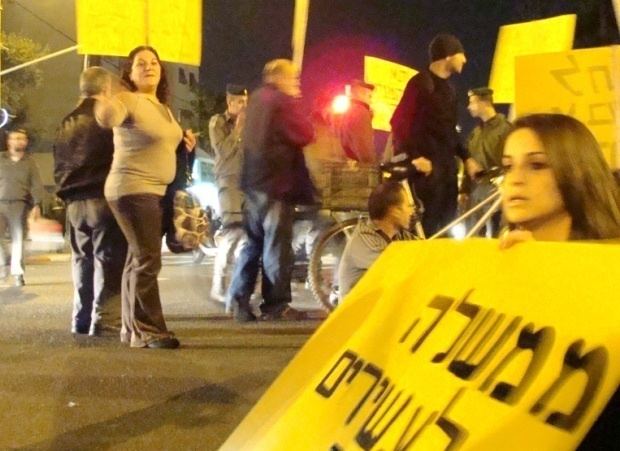 | ||
Hapoel kfar shalem hapoel katamon jerusalem
Kfar Shalem (Hebrew: כפר שלם, lit: Shalem Village) is a low-income neighbourhood in southeastern Tel Aviv, Israel. Salameh Street / Shalma Street in Tel Aviv is named after the village (Salama) located on the site prior to 1948.
Contents
- Hapoel kfar shalem hapoel katamon jerusalem
- Map of Kfar Shalem Tel Aviv Yafo Israel
- Hapoel katamon jerusalem hapoel kfar shalem
- 20th century
- 21st century
- Sport
- References
Map of Kfar Shalem, Tel Aviv-Yafo, Israel
Hapoel katamon jerusalem hapoel kfar shalem
20th century
Until 1948, the Arab village of Salama stood where Kfar Shalem is now located. In 1931, there were 800 houses and 3,691 residents in the village. On the eve of the 1948 Arab-Israeli War, the village had 7,600 residents, most of whom were refugees from the surrounding area, who had moved to Salama. The residents also included some wealthy people from Jaffa who built country homes there.
Salama was occupied on 29 April 1948, as part of Operation Hametz to remove the threat of sniper fire to the Jewish neighbourhoods of Hatikvah, Ezra and Yad Eliyahu. The villagers were expelled and Jewish immigrants were settled there, among them Yemenite families who arrived as part of Operation Magic Carpet and families who had been made homeless during the war. Renamed Kfar Shalem, it became part of a densely populated neighbourhood of Tel Aviv, with some 20,000 residents.
In the 1960s, the area was slated for urban renewal. In 1965, the residents were served with eviction notices. Opposition to this move led to protests that sometimes turned violent. In December 1982, Shimon Yehoshua was shot to death by a policeman when trying to prevent the demolition of his home.
At the beginning of the 1990s, hundreds of families were evacuated, receiving generous compensation. Many were rehoused in tower blocks in the area, which because of the population density quickly became known as “slums on pillars.” Some of the families received half a dunam of land and a permit to build semi-detached homes.
21st century
As of 2007, as a result of the scarcity of ground floor accommodation, and the Tel Aviv population exchange policy, the municipality has decided that all ground floor homes in Tel Aviv should pay a uniform rate. So the inhabitants of these buildings are paying the same rate as residents in the well-off neighbourhoods of Tzahala and Afeka, without receiving the social and community services, such as schools, clinics, regular public transport and community institutions, which the residents of ground floor homes in north Tel Aviv receive. Those families – some 400 in number – who were not included in the 1990s schemes, currently live in localities scheduled for demolition.
Evacuation orders with no compensation have been issued against 30 of the 400 families who live in these localities, since it is alleged that the land on which their homes stand is not state land (under the auspices of the Custodian of Absentee Property, but private land. It is argued that, since the lands belonged in 1948 to a British investor who is not considered an absentee, the lands had not been expropriated by the state, they were not in its possession, and it had no obligation to compensate the residents. The Supreme Court accepted this argument, and the forced evacuation is due to take place in mid-July 2007. Activists and community groups have criticised this ruling, describing it as “ethnic-class injustice”. Dr Sandy Kedar of the University of Haifa, a member of the Israel Association for Distributive Justice, states that although from a narrow legalistic view the Supreme Court’s decision could possibly be justified, “If you look at what is happening in Kfar Shalem and compare it to, for example, Kibbutz Glil Yam, then it is possible to argue that this is a discriminatory policy that verges on illegality."
Sport
The neighbourhood has a football team, Hapoel Kfar Shalem, which plays in Liga Alef.
